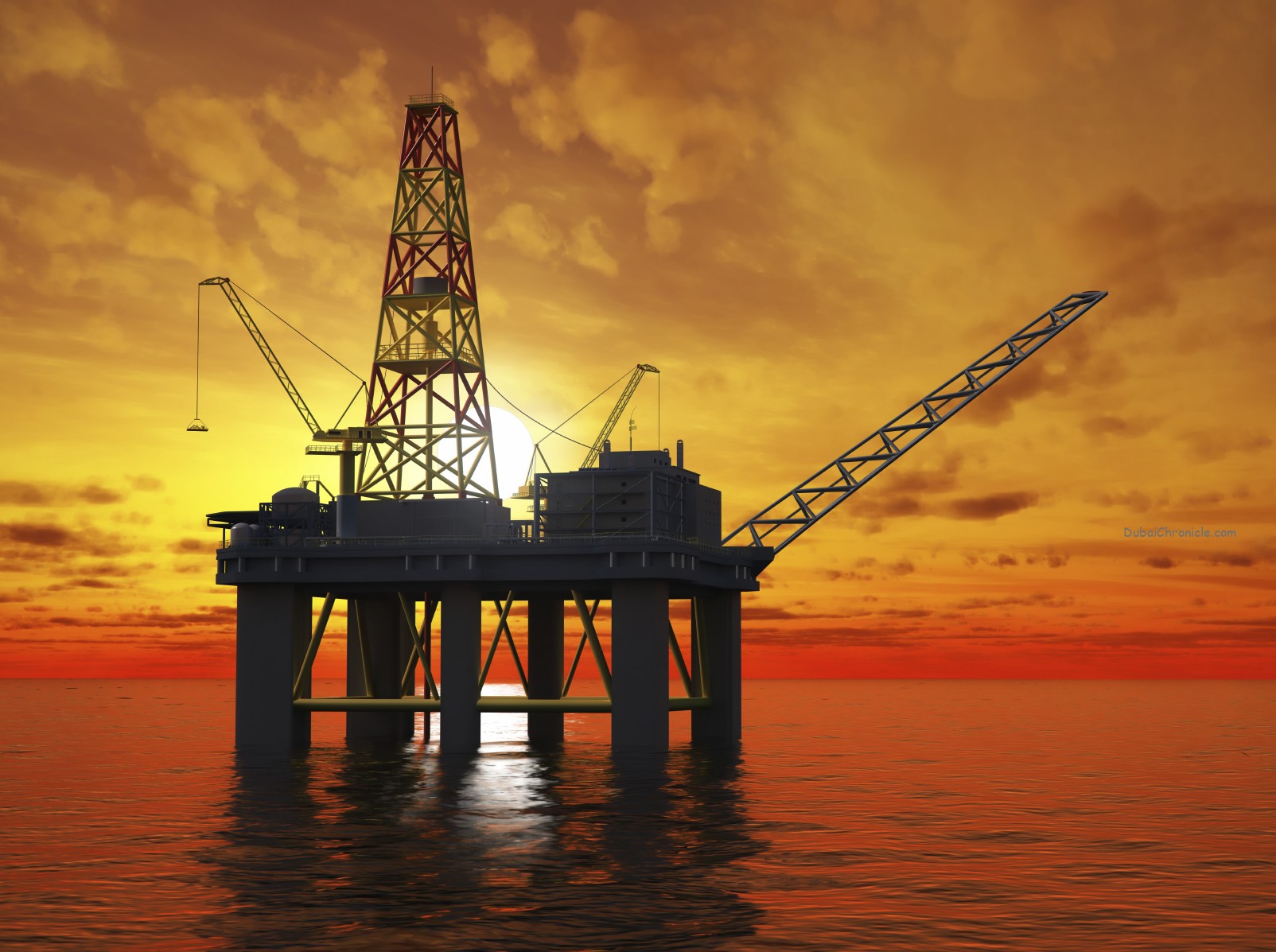As a result of growth in Asia-Pacific gas reserves, investments in Canada’s oil sands and the dramatic increase of US shale reserves, worldwide oil and gas reserves increased in 2011. Worldwide oil reserves grew by 1% in 2011, while gas reserves rose by 4%. Oil and gas revenues experienced 27% growth in 2011.
- Nearly 20% increase in exploration and development spending in 2011 to US$384b
- 2% growth in combined worldwide oil and gas reserves in period
- US shale gas development a “game changer” for the sector
Underpinning this growth was an increase in combined exploration and development spending of19% in 2011 to US$384b, according to Ernst & Young’s annual Global oil and gas reserves study, which analyzes the worldwide and regional exploration and production (E&P) results for 75 companies for the five-year period from 2007 to 2011.
Dale Nijoka, Ernst & Young’s Global Oil & Gas Sector Leader says, “The growth of gas reserves in Asia-Pacific is being aided by the activity in Australia which could emerge as the world’s biggest supplier of liquefied natural gas (LNG) in the next decade. The better capitalized companies will continue to increase investment in LNG projects into 2013. Increased E&P spending overall will undoubtedly show greater worldwide reserve growth next year.”
Capital expenditures
Total worldwide capital expenditures for the study companies were US$480.5 billion in 2011, representing a 3% decrease from 2010, due to lower property acquisition activity in 2011. The companies however, made significant investments to identify new resources and develop existing reserves with combined exploration and development spending of US$384.2 billion in 2011, an increase of 19% from 2010.
Despite relatively high oil prices, strong reserve additions recorded in 2011 led to a decrease in the per barrel of oil equivalent (BOE) cost to find and develop new reserves. This figure dropped from US$17.89 per BOE in 2010 to US$16.72 per BOE in 2011.
Oil and gas reserves
Worldwide end-of-year oil reserves have increased each year of the study period and grew a further 1% in 2011, with Canada and the US reporting the largest increases. Worldwide oil production declined 4% in 2011 as production increases elsewhere were outweighed by declines in the Africa and Middle East region, largely related to political instability, and declines in Europe which were structurally related to several years of underinvestment.
Oil production replacement rates have been strong in recent years with a finding and development (or excluding purchases and sales) rate of 128% in 2011 and a three year (2009-2011) average of 126%.
Worldwide end-of-year gas reserves rose 4% in 2011 with total growth of 27% over the five-year study period. Natural gas production increased 4% in 2011. The largest increases in both gas reserves and gas production in 2011 were seen in Asia-Pacific and the US.
The growth in gas reserves in 2011 led to a finding and development (or excluding purchases and sales) gas production replacement rate of 164%, representing the highest level seen in the five-year study period.
“The success of shale gas development in the US has been a game changer for the oil and gas industry,” said Nijoka. “It has fueled efforts to exploit shale reserves in other countries and the application of shale gas technology to tight oil resources has been key in revitalizing the US oil industry.”
Revenues and profits
Increases in oil and gas prices fueled a 27% increase in revenues from oil and gas producing activities for companies featured in the study, with total revenues reaching US$1.2 trillion. Production costs rose 31% in 2011 as the costs for labor, services and other expenses increased and production taxes climbed. Worldwide after-tax upstream profits increased by 29% from 2010, with the companies’ profits reaching US$319.9 billion in 2011.
“In some respects, financial results for the oil and gas industry were mixed in 2011. Prices were at high enough levels that the companies’ saw a substantial increase in revenues, but cost inflation is returning to the upstream segment. In this environment, cost control and risk mitigation are become increasingly important as companies strive for growth,” concludes Nijoka.



































